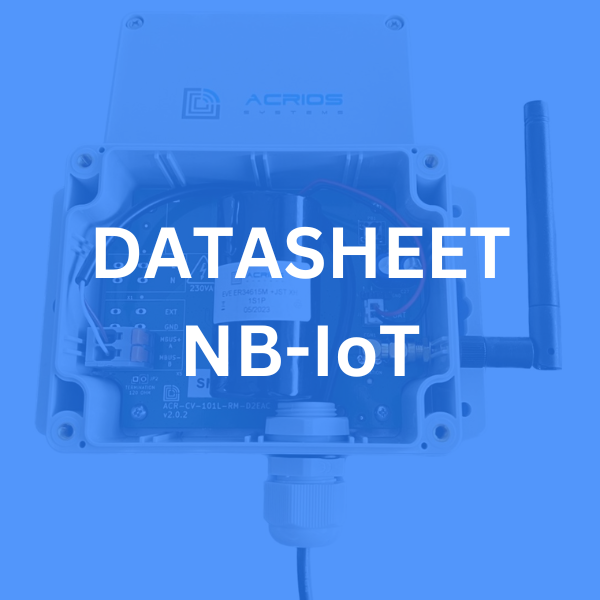Remote data readings from M-Bus meters
The M-Bus to LoRaWAN or NB-IoT converter finds its application mainly in meter and calorimeter readings, typically in heating plants and district heating stations.
In the field of district heating stations, effective monitoring and management of heat meters play a vital role in heat production, optimizing energy consumption and increasing overall operational efficiency.
Integrating meters, typically with M-Bus, into LoRaWAN or NB-IoT networks is a solution that facilitates the acquisition of relevant data for consumption overview at 15-minute intervals.
The ACRIOS M-Bus to LoRaWAN or NB-IoT converter supports connection of up to 5 UL (Unit Loads) and communication is based on the M-Bus protocol EN 137 57-3. Thanks to the support of the M-Bus protocol, it can read any M-Bus meter without the need for further modifications.
The converter can be supplied with one or two batteries, or in an externally powered version, depending on the requirements of the application.








